Making 1950's design true
nebrguy
15 years ago
Featured Answer
Sort by:Oldest
Comments (12)
laag
15 years agonandina
15 years agoRelated Professionals
Brentwood Landscape Architects & Landscape Designers · Bridgeport Landscape Contractors · Dallas Landscape Contractors · Davis Landscape Contractors · Long Beach Landscape Contractors · Morrisville Landscape Contractors · Northport Landscape Contractors · Rochester Landscape Contractors · Whitehall Landscape Contractors · Shafter Landscape Contractors · Hull Decks, Patios & Outdoor Enclosures · Montgomery County Decks, Patios & Outdoor Enclosures · Pittsburgh Decks, Patios & Outdoor Enclosures · Jericho Stone, Pavers & Concrete · Norco Stone, Pavers & Concretekarinl
15 years agojakkom
15 years agoprairiegirlz5
15 years agonebrguy
15 years agolpinkmountain
15 years agokarinl
15 years agoprairiegirlz5
15 years agonebrguy
15 years agomjsee
15 years ago
Related Stories
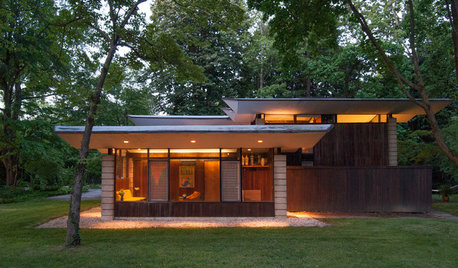
HOUZZ TOURSMy Houzz: A Paean to the 1950s and '60s in Pennsylvania
With vintage furniture, a sunken den and pristine original details, this home is a true homage to midcentury style
Full Story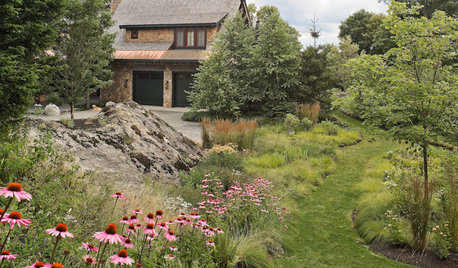
GARDENING GUIDES13 Risks to Take for True Garden Rewards
Go ahead, be a rebel. Breaking rules in the garden can lead to more happiness, creativity and connection with the earth
Full Story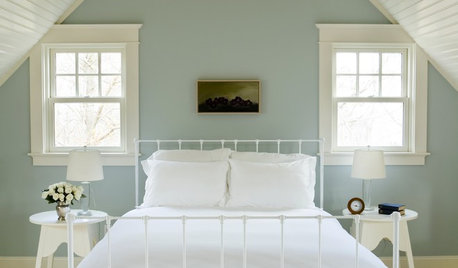
COLOR12 Tried-and-True Paint Colors for Your Walls
Discover one pro designer's time-tested favorite paint colors for kitchens, baths, bedrooms and more
Full Story
LIFETrue Confessions of a House Stalker
Letting go when a new owner dares to change a beloved house's look can be downright difficult. Has this ever happened to you?
Full Story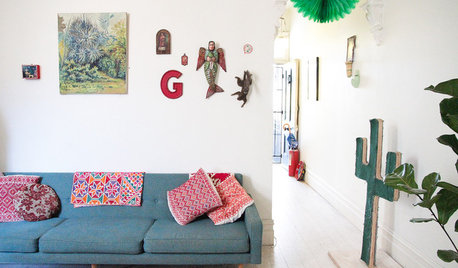
ECLECTIC HOMESHouzz Tour: An Eclectic Sanctuary Shows a Couple's True Colors
Travel takeaways, religious totems, thrift store finds and unusual compositions personalize a Melbourne home
Full Story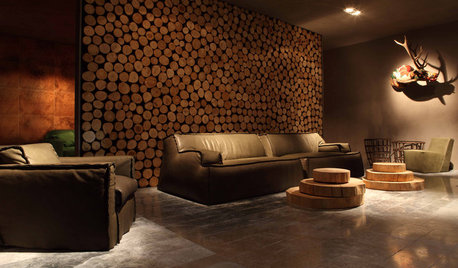
True Grit: Classic, Old-West Style Design
Design Eye on the Oscars: How to Bring a Little True Grit Home
Full Story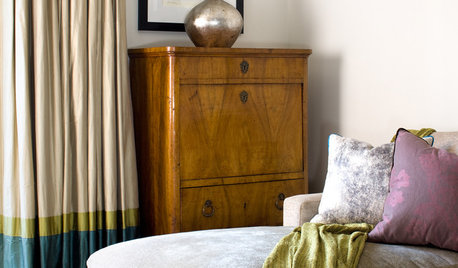
DECORATING GUIDESLearn When to Splurge for True Design Happiness
Sometimes treating yourself is exactly right — despite that whole impracticality thing
Full Story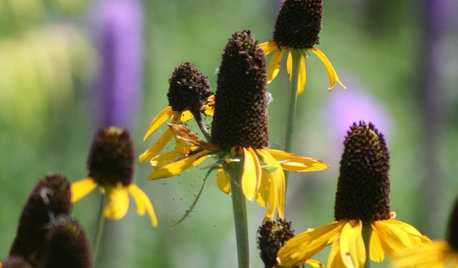
GARDENING FOR BUTTERFLIESGreat Design Plant: Giant Coneflower, a True Exclamation Point
Watch as towering stalks topped by yellow blossoms become a beacon for birds and insects in the midsummer garden
Full Story
KITCHEN DESIGNDesign Dilemma: 1950s Country Kitchen
Help a Houzz User Give Her Kitchen a More Traditional Look
Full Story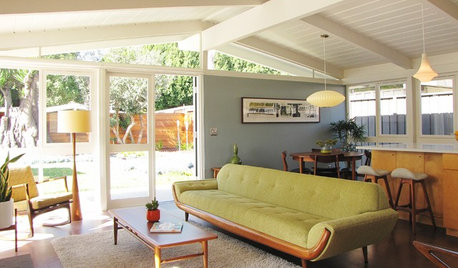
HOUZZ TOURSMy Houzz: 1950s Rebound for a Cliff May House
Loving restoration brings a midcentury gem back to life and its owners to the kind of life they love
Full Story









scraplolly